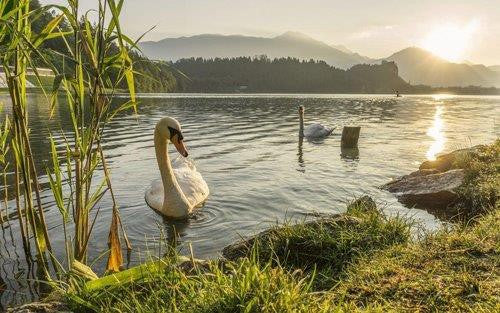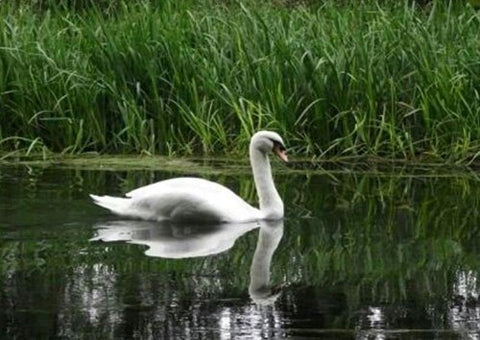
Majestic Mute Swan: Characteristics, Habitat, and Behaviour
Share
Friday, 8th July 2016
Swans have been in Britain since ancient times. They were highly valued in that period as adornment on ponds and moats.
We are lucky in Britain to have a resident swan called the Mute Swan, as others like the Hooper Swan, migrate here in the winter.

When you visit your local park or urban area who doesn’t like to see the elegance of the swan gracefully floating across the water? It is a sociable bird which will gather in large flocks but can attack other birds and be aware as they will aggressively defend their nests.
Swans can feed on land and water, making them the ideal bird to feed at your local park. They are almost completely herbivorous and their diet consists of roots, submerged plants, insects and snails.

The Mute Swan can live up to 10-20 years and usually mate for life, however, should their partner die, the remaining swan will pair up again.
Amongst the largest flying bird their wingspan can be over 3.1m (10ft) and when in flight their long S-shaped neck is stretched out, making them identifiable even in the air.
A beautiful and visually stunning bird, it is a firm favourite with many people.
We love it that much we have added some fun to this blog. Try your hand at making this Origami Swan.

Written by Angela and Chris
Top of Form
